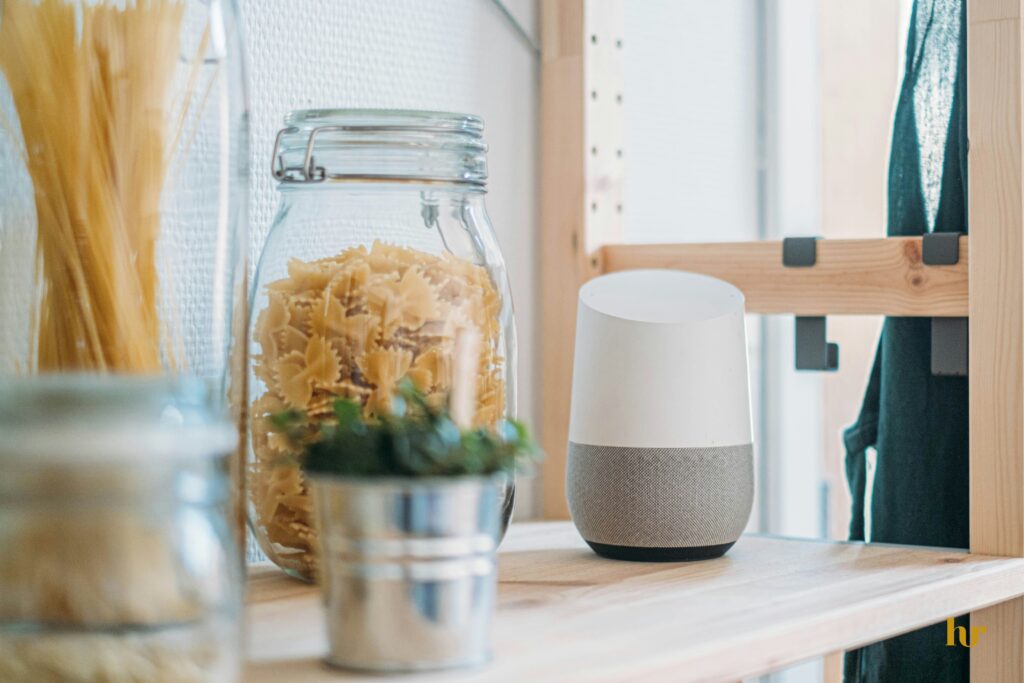Voice, Data, and the Magic of Understanding
Five years ago, asking your voice assistant for anything beyond weather or a playlist felt like rolling dice. You’d get something vaguely correct maybe helpful, maybe not. That’s changed. Today, assistants like Alexa, Siri, and Google Assistant respond faster, sound more human, and get context that once flew right over their virtual heads.
What’s under the hood? Natural Language Processing (NLP). It’s the quiet powerhouse that turns your casual question into structured data the system can act on. You speak. It transcribes, interprets, routes, and executes all in a blink. And with deep learning in overdrive, that process doesn’t just feel quick it’s starting to feel intuitive.
By 2026, it’s not just about speed or accuracy. It’s about comprehension. Voice assistants can now handle layered requests, pick up implied meaning, and adjust for tone or urgency. The tech is no longer impressive it’s quietly unsettling. And that’s a sign of just how far NLP has come.
From Your Voice to Their Action
Step 1: Speech Recognition
This is where it all starts. You talk, the system listens, and automatic speech recognition (ASR) kicks in. ASR uses deep learning models, now in their 5th and 6th generations, to transform audio into plain text. These models have been trained on huge and diverse data sets, so they’re surprisingly good at catching accents, slang, and noisy background chatter. Get a few words out, and chances are, the model can pin down what you said.
Step 2: Understanding Context
Once the assistant has your words on screen (figuratively speaking), it shifts gears to Natural Language Processing (NLP). This isn’t just about knowing what a sentence says it’s about picking up what it means. If you say “play something chill,” the assistant doesn’t default to jazz unless your past behavior or current time of day implies that’s your vibe. Contextual cues, user history, tone, and even location data factor into the guesswork. It’s not blind interpretation; it’s intelligent inference.
Step 3: Backend Processing
Now that intent is locked in, the system takes action. The assistant sends a signal to the right app, API, or cloud service. Want your thermostat adjusted, playlist started, or latest text read aloud? This is the plumbing under the hood. These integrations are what tie raw understanding to real world functionality. Everything from your lights to your grocery list now talks to the assistant like an old friend.
Step 4: Crafting a Response
Last step: the system talks back. Advanced text to speech (TTS) converts a generated sentence into smooth, human like audio, complete with natural pacing, inflection, and even emotion. TTS in 2026 sounds less like a robot and more like someone you’d trust at a customer service desk. The voice assistant closes the loop accurately, efficiently, and in a way that feels real.
NLP Challenges in 2026

Voice assistants have evolved, but the hard problems haven’t magically disappeared. Let’s talk about three that still trip up even the smartest systems: ambiguity, accents, and bias.
First, ambiguity. Commands like “Book a table near me” sound simple, until you factor in context: Are you at home? In a new city? In transit? Planning for tonight or next week? NLP engines in 2026 are far more capable at using things like GPS, past behaviors, calendars even your tone of voice to zero in on intent. But they’re not perfect. Vagueness is still the enemy.
Next, accents and multilingual users. The good news: speech recognition models are now trained across dozens of languages and dialects, making them much more inclusive. Still, there’s room for improvement. Localization isn’t just translation it’s understanding regional wordplay, slang, and cultural cues. Voice tech that nails this doesn’t just transcribe it actually gets you.
And finally, bias in training data. It’s the problem most people don’t see until it fails them. Data used to train these AI systems often carries the assumptions and blind spots of their creators. That can mean skewed interpretations, uneven performance across demographics, or even flat out offensive responses. Fixing this isn’t cosmetic it’s core. The AI is only as fair as the data it learns from.
In 2026, solving these challenges is the difference between a voice assistant that’s useful and one that just makes noise.
Smarter Voice, Smarter Systems
Voice assistants in 2026 aren’t powered by a single monolithic system they’re a dynamic collection of microservices, working in harmony behind the scenes. This shift in architecture has brought major improvements in performance, adaptability, and resilience.
Why Microservices Matter
Modern voice applications rely on containerized microservices to manage complexity and keep operations smooth. Here’s why that matters:
Speed: Containers launch specific processes quickly, reducing lag between user request and assistant response.
Scalability: As demand grows (think millions of simultaneous queries), services can be scaled up flexibly without affecting the entire system.
Reliability: If one component fails say, the sentiment analysis engine others continue functioning, preventing a total system crash.
A Modular NLP Stack
Each stage of NLP speech recognition, context interpretation, intent matching, and response generation can run in its own container.
Speech to Text (STT) runs in parallel with text analysis components.
Intent processors sync seamlessly with external services (like your calendar or smart TV).
These microservices communicate through APIs and messaging queues, enabling real time, distributed processing.
Architecture in Action
Want to see how container driven design is reshaping application architecture?
Check out this deep dive: The Role of Containers in Modern App Development
Voice assistants are now more agile and robust than ever all thanks to modular engineering that makes every feature faster, smarter, and more reliable.
Bottom Line: It’s About Context, Not Just Commands
For years, voice assistants hung on keywords like training wheels. Say the right phrase, get the right response that was the deal. But in 2026, that training phase is over. Natural Language Processing has grown up.
Modern NLP doesn’t just hear you it reads between the lines. It picks up if your voice is tired, if you’re asking casually, or hinting at something without spelling it out. Commands like “remind me later” aren’t vague dead ends anymore. Assistants now ask, “Which task should I remind you about?” or even infer context from your calendar and location.
This leap in understanding shifts voice assistants from tools into true co pilots. They anticipate instead of waiting. They make fewer mistakes. And they offload more of the digital grunt work, letting you stay hands free and focused. In short, what used to feel clunky now feels like a conversation. That’s not magic that’s NLP doing its job a whole lot better.
